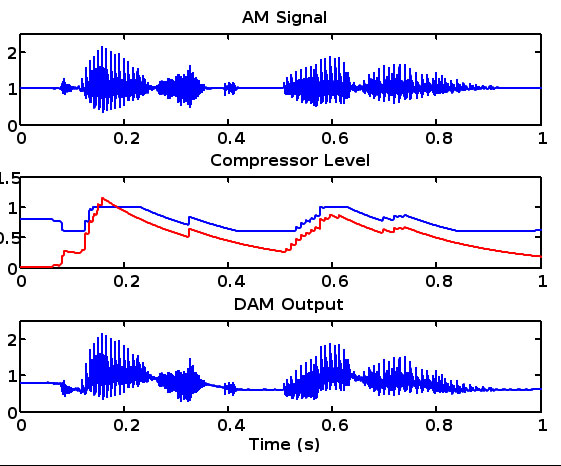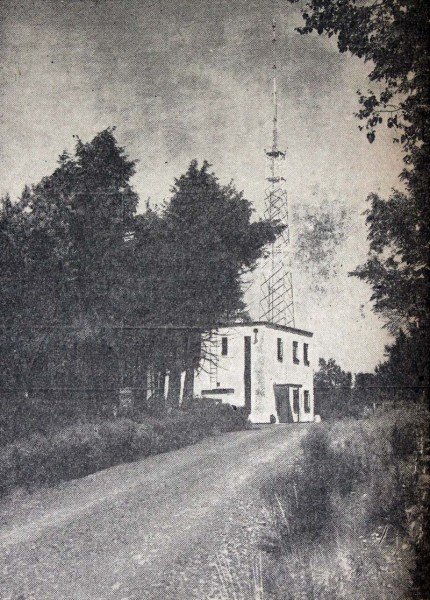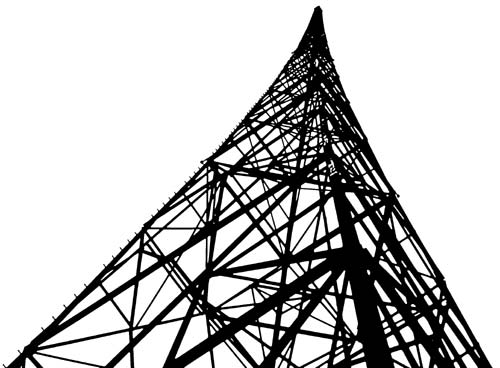Coming to an AM transmitter near you. The FCC announced that starting immediately, stations can employ Modulation Dependent Carrier Level or MDCL technology on AM transmitters. According to Public Notice DA 11-1535 (.pdf):
Use of MDCL technologies requires a waiver of Section 73.1560(a) of the Commission’s Rules, which sets upper and lower limits for an AM station’s operating power. We hereby establish procedures for AM broadcasters to seek a rule waiver in order to use energy-saving MDCL technologies.
Several transmitter manufacturers offer some version of MDCL in their newer models with the ability to update some older models. Harris Corporation offers something called “Amplitude Modulation Companding” (AMC) and “Adaptive Carrier Control” (ACC). While Nautel includes an option called “Dynamic Carrier Control” (DCC) on all NX series transmitters with the ability to upgrade some older transmitters. Continental offers Controlled Carrier Level Modulation (CCM) on later-model shortwave transmitters by installing SSM modulator, which can be retrofitted.
Nautel’s Dynamic Carrier Control (.ppt) (.pdf available here) reduces the carrier level during moderate modulation periods. The effect of this is to increase the perceived loudness at the receiver. During higher modulation periods, the carrier is increased to prevent distortion. The net effect is between 3 – 6 dB carrier reduction. During quite periods, the carrier is returned to full power to reduce noise.

The potential savings are from 20-40%, which for a 10 or 50 KW station, would represent a significant reduction in the power bill. For a 50 kW station running an older transmitter, the savings would fall in the $37,000 to $56,000 per year range. In some cases, smaller stations may be able to get rid of a demand meter, which would also represent significant savings. The threshold for demand meters around here is 5,000 KWh per month.
The FCC further notes that:
The reduction in AM signal power at certain modulation levels inevitably exacts some penalty upon audio quality. Depending on the content of the audio program, MDCL algorithms may introduce some audio distortion or may decrease the signal-to-noise ratio in the receiver. In addition, MDCL algorithms may erode coverage slightly at the fringes of the AM station’s protected service area. Both the long experience of transmitter manufacturers and broadcasters abroad, and the initial reports from experimental operations in Alaska however, indicate that such adverse effects are generally imperceptible.
This would be especially true for higher-powered stations that stand to save the most money.






One thought on “Modulation Dependent Carrier Level”